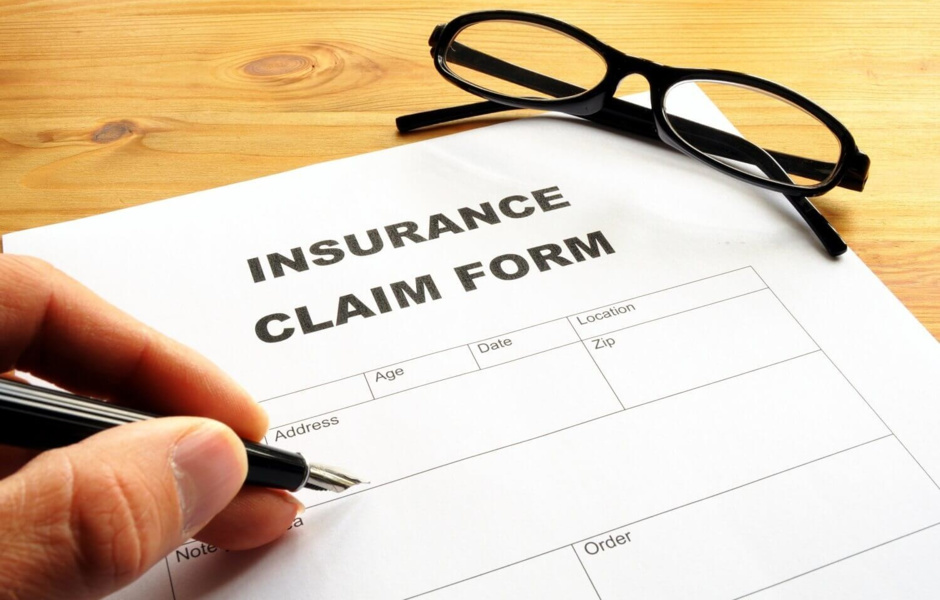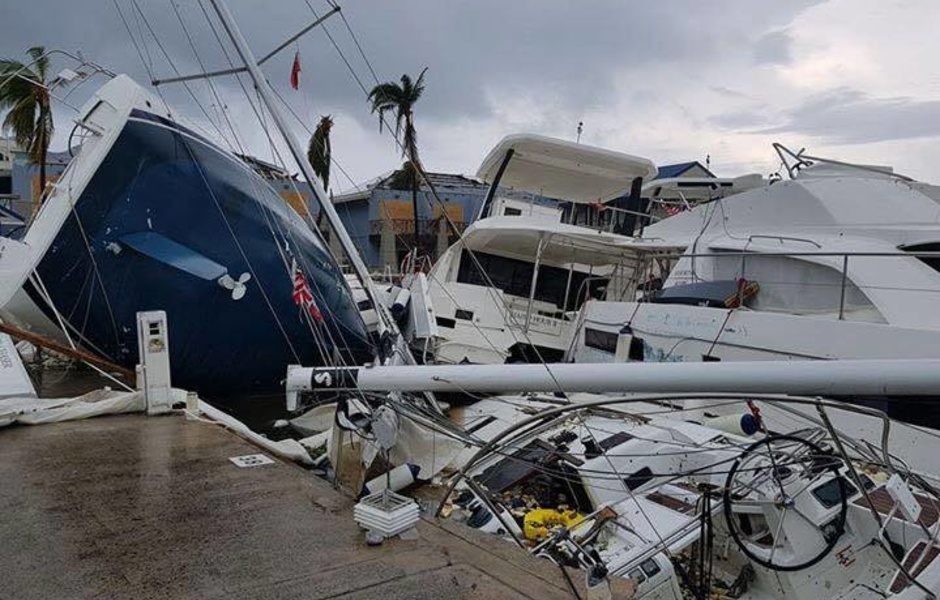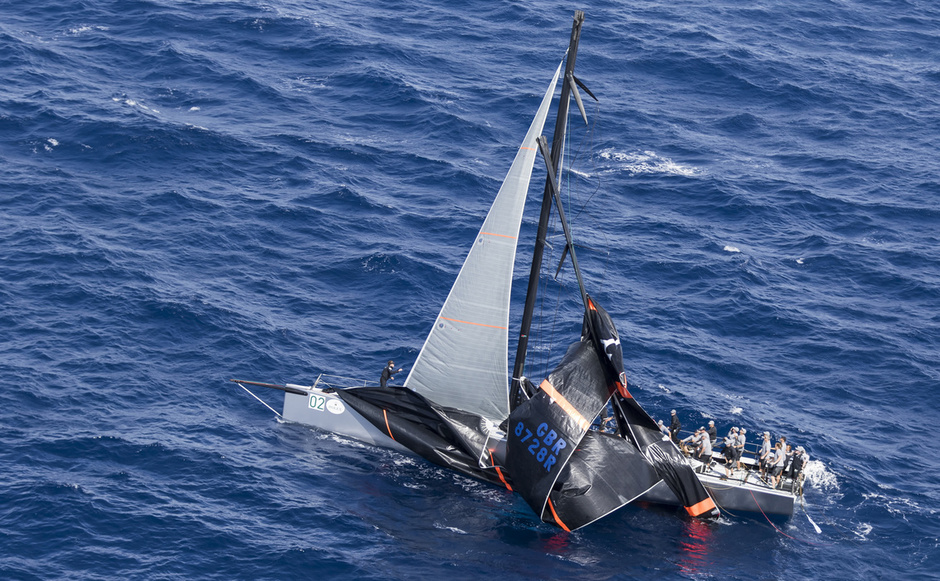Yacht insurance is a practical necessity in life of every yachtsman. Below we will briefly dwell on the main types of insurance coverage for yachts and give typical insurance cases that we have encountered many times in our legal practice.
Types of yacht insurance
The main types of insurance coverage are:
- Hull&Machinery (H&M) - insurance of hull and equipment/materials including engine, tender of a yacht but excluding money, jewelry, art objects.
A distinction is made between H&M damage insurance, total loss insurance and total loss and damage insurance.
Hull and machinery insurance is
The shipyards offer «an integrated boat insurance»system against boat defect. Usually the manufacturer's insurance guarantees cover the first 1-3 years of operation. But there are also exceptions. For example, British brand Pearl Yachts offers five-year insurance. During the first three years, the manufacturer undertakes to replace or repair any defective part of the boat (not just the hull), and for another two years, the insurance covers structural components.
- Third Party Liability (TPL) - insurance of ship owner's civil liability to third parties.
This type of insurance includes shipowner's liability insurance for damage caused to third parties and/or their property, the environment and human life or health.
TPL is a key element of insurance and has long been enshrined in legislation. Without such an insurance policy, a yacht can be denied access to almost any European port.

Insurance case overview
In practice, when insuring pleasure yachts, both types of coverage are usually combined into one policy and insured by the same insurer. But sometimes it is more profitable to carry out H&M insurance at one insurer and TPL insurance at another. For example, if the insurance company has no representatives in the ports of a certain region where the operation of the yacht is planned. This is especially important for liability insurance. This option is also advantageous in cases where, due to the high cost of the yacht, one insurer is not prepared to assume responsibility for the full cost, in which case the hull is insured by one insurer and the liability by the P&I club.
For many years of yachting practice, we have seen a lot of unpleasant cases, which significantly complicate the life of owners of yachts.
Collisions
Almost the most common insurance event is when a yacht collides with each other, with a berth or with another object in or near water. Although collision with another yacht is always complicated «»by the presence of the second side. In practice, there is an exchange of contacts between insurance companies of the parties, who carry out all the necessary formalities, review the circumstances of the case and coordinate the organization of insurance payments.
In case of an accident it is necessary to immediately notify the insurance company, record the damage and all the circumstances (photo, video, witness statements) and, if possible, obtain information about the insurance company of the other party. In doing so, the insurance company shall determine whether the accident falls under the terms of insurance coverage. If a disputed situation arises, it will be considered separately in a claim or court procedure.
Examples from practice:
One yacht has been berthed and both yachts have suffered significant visible damage. Both yachts were insured and the insurance company of the guilty yacht paid compensation for the repair of the second yacht under TPL coverage. The amount of compensation (about 5000 euro) fully covered the repair works.
An interesting nuance: the owner of a yacht could apply for the payment of the costs of repairing both their own yacht (and the damaged one) under H&M and TPL coverage respectively. However, in such a case attention should be paid to the franchise installed for the coverings. The franchise is the amount of loss fixed in the insurance policy, which is not compensated by the insurer and is deducted when calculating the compensation to be paid. I.
In the above example, the franchise rate would apply to the entire insurance case, which is higher (and for TPL and H&M they are usually different). Therefore, after an analysis of the repair costs and terms of insurance, it was decided to claim only the repair of the affected yacht under TPL coverage.
In another case, a mega yacht
The video below shows the case that took place in October 2019 in Port Angeles (USA). The Westport 125 moored and crashed into the berth, ramming several small sailboats.

Weather catastrophes
These include hurricanes, wind gusts, lightning strikes. Due to unpredictability and spontaneity of such natural phenomena, it is impossible to prevent and stop their occurrence for the owner of the yacht.
Case study from practice:
During a hurricane, a lightning strike struck a yacht docked at the berth, causing damage to the electrical equipment on board. The insurance company has paid out the full amount of compensation for damages, that has made about 10 000 euros.
The probability of lightning hitting the boat is small - only 1 in 1000, according to the calculations of the American organization Boat US. However, this happens periodically, and then the electrician suffers (if no one is on board, otherwise it may end up much more tragic). A high-profile case occurred in December 2017 in Sydney, where lightning struck the lightning bolt of a Rolex Sydney Hobart race yacht just before the start. As a result, several navigation computers of the famous racing maxi yacht Wild Oats XI burned down.
Here you can read more about how to protect your boat and yourself during a storm.
The likelihood of damage to the yacht during a storm is much greater than being struck by lightning. And the danger is warned not only on the high seas, but also when parked in the "safe" harbor.
During a strong storm, the mega yacht
To minimize the likelihood of damage to your yacht during a hurricane, we recommend reading the boat preparation guide from Florida's experienced yachtsman Ed Eisenberger.

Participation in races and regattas
With active participation in sports yachting competitions, the owner carries the risk of damage to the yacht caused by high speed, maneuvers and actions of other participants. During regattas and races it is possible to break sails, break the mast, lose anchor and other significant damage to the hull. The high risk of such activity forces insurance companies to exclude regattas from the standard coverage of the yacht, offering separate options with increased limits and franchises for the period of participation.
Example from practice:
During the regatta, the mast on the boat broke. Since the regatta has been previously declared and included in additional insurance coverage, the insurance company has reimbursed the cost of repairs, the total amount of which was about 15 thousand euros.

Injuries on board
The operation of the yacht is associated with increased traumatism of people on board. Although great risks are borne by the crew operating the yacht, guests on board may also be injured or injured. Insurance companies offer additional coverage for medical expenses that will be incurred if an injury occurs on board.
Example from practice:
The crew member received eye damage while on board. Hospitalization, doctor's consultation, treatment course was carried out. The insurance company has confirmed the compensation of expenses, within the limits of medical addition to covering, and has made payment in the amount of 1 000 euros.
Disclaimers .
It should always be taken into account that insurers make special warranties, the breach of which by the owner of the yacht may result in non-payment of the insurance indemnity upon the occurrence of the insured event:
- Professional skipper/crew warranty - a guarantee that the yacht is always managed by a person who is entitled to it, that is, a professional skipper.
- Fire fighting and safety equipment warranty - a guarantee that the yacht will always be properly equipped with the necessary fire fighting and other safety equipment on the yacht.
- Warranty regarding use of the
subject-matter insured - a guarantee that the yacht is operated for personal use only. - Licences, permits and compliance with laws warranty - a guarantee that during the operation on board the yacht there are all the documents required by the flag state and international rules for the yacht.
- Change of flag warranty - a guarantee that he will inform the insurer about the change of flag immediately.
Laid-up warranty is the owner's guarantee that the boat is based in a safe and secure place.
The offer of an insurance cover is formed on the basis of a number of factors, the main of which are:
- Age of the yacht. Particularly for yachts from 10 years of age, insurance companies may require a survey report issued after the inspection of her technical condition.
- Insurance history. It means statistics of insured events with the yacht and payments under the insurance coverage for previous periods of insurance. The insurance company may be concerned about the frequency of certain insured events, for example, collisions, which may be a sign of unreliability or carelessness of the ship owner.
- Type of operation (recreational, commercial). For example, when considering an application for commercial yacht insurance, the insurance company may require a charter contract template for which the yacht is being chartered, crew employment contracts, exact area of operation, number of planned passengers.
- Participation or non-participation in races. As a rule, insurance companies request a clear list of planned regattas, which are fixed in the policy itself or its supplement.
Separately, it should be taken into account that the insurance payment under a specific insurance policy is taken into account by the insurer when calculating the insurance premium for the next year upwards.










